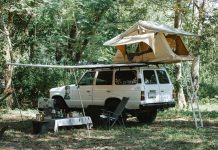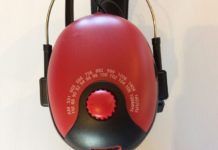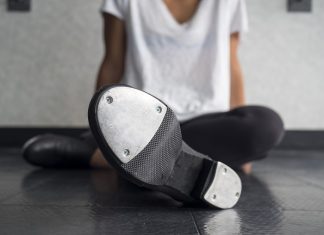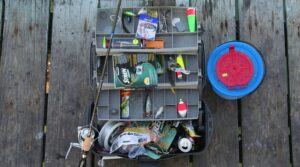
People either enjoy or don’t enjoy fishing, there’s no in-between. If you’re a patient person, it’s probably the right hobby for you because it involves a lot of watching and waiting. There are several benefits of fishing, like bonding with friends and family, spending more time outdoors, learning more about ecosystems and fish, and it’s a great way to de-stress and relax. If you’re planning to go on your first fishing trip, you probably know and own some of the equipment you need but there are other things that should be taken into consideration as well for an enjoyable experience.
What Fishing Equipment Do You Need?
You may know some fishing basics, but having the right gear can take you a long way. So before going fishing for the first time, you might want to learn something more about the different types of equipment that’ll make this trip a successful one.
Fishing Rods
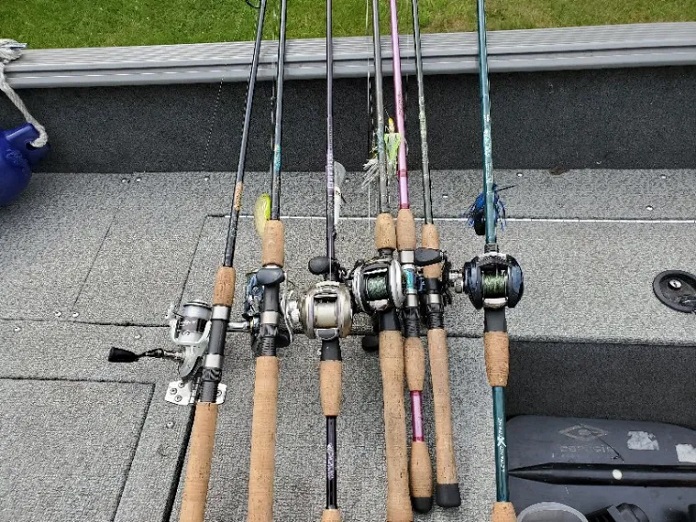
If you’re going to a location where taking your own rod isn’t possible because it’s too big and heavy, you need to consider buying travel rods. You can also rent a rod from a bait shop when you arrive at your destination, but rented gear will never be the same as your own. When you’re a beginner, you want a rod that you can get used to and use for a long time. You need to be comfortable when using the rod to be able to learn the best techniques for fishing.
With a travel fishing rod, you can travel in peace. It can be a telescopic travel rod or a multiple-piece rod that fits perfectly into your backpack or luggage. Many anglers wouldn’t change their one-piece rod for anything in the world because they consider them to be better. But newer fishing travel rods can be as strong and responsive as one-piece rods. They’re made from the same materials, such as graphite, carbon fiber, or fiberglass, and are much more convenient for travelling. So there are many types of high-quality travel rods that you can choose from to take on your next trip. Let’s discuss these types.
Casting Rods
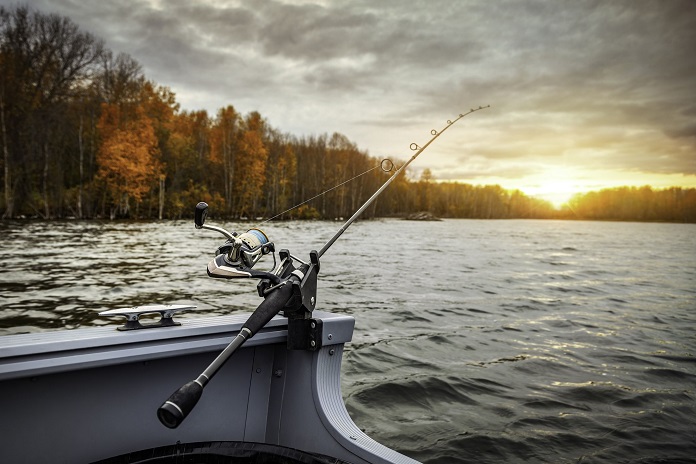
These rods are able to take on heavier weights, which means they’re suitable for all kinds of freshwater and saltwater fish. They can be used with light or heavy baits, cast further and are pretty accurate. Since they’re more durable, they might be more expensive, but if you’re looking for a rod that’ll last and fight heavier fish, a travel baitcasting rod should be your go-to option.
Spinning Rods
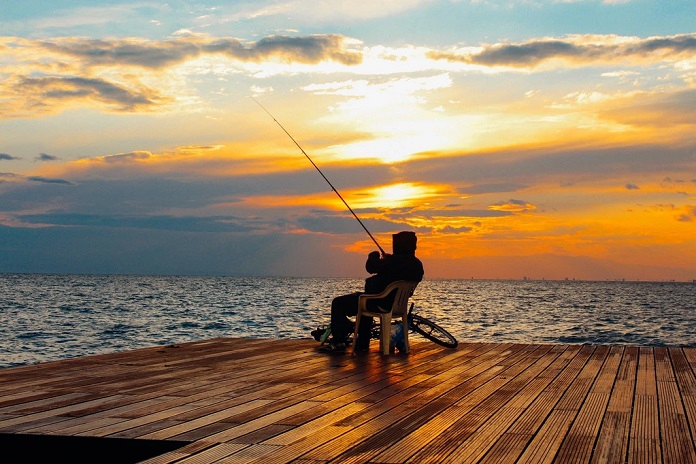
These rods use a different kind of reel and just like the casting rods, they can come in any length and level of flexibility. They allow you to swap between your left and right hand because their reel handle can be adjusted to your needs. They can throw light lures further and they will sink straighter without swaying back and forth.
Fishing Reels
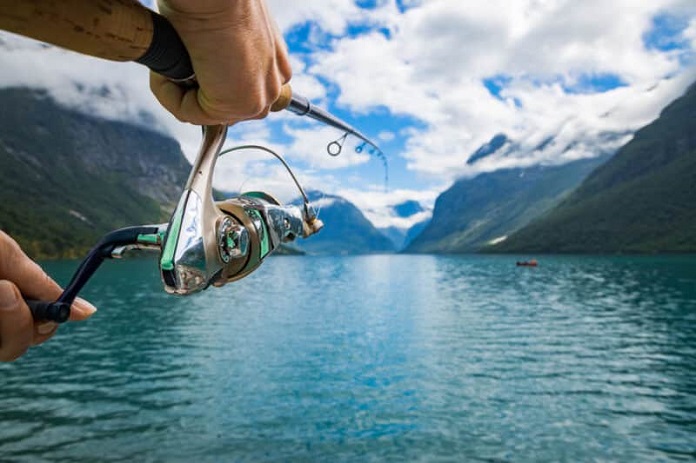
Reels are as important as rods, and usually, the type of rod you choose needs to be paired with a suitable reel because heavier reels won’t work with lighter rods and the other way around.
Spin cast reels are easy to use, which is why they’re often the first choice for newbies. Their components are hidden under the nose cone and they have a button on the back for regulating the casting line.
Casting reels take a little longer to master and are more expensive than the other types. They’re adjusted on top of the fishing rod and can be used with heavier lines and lures.
Spinning reels attach to the rod from below and have an open design. This allows for a more natural holding position. Their metal bail stops the line from unspooling by locking it, and they’re made for lighter lures and lines.
Lures and Baits
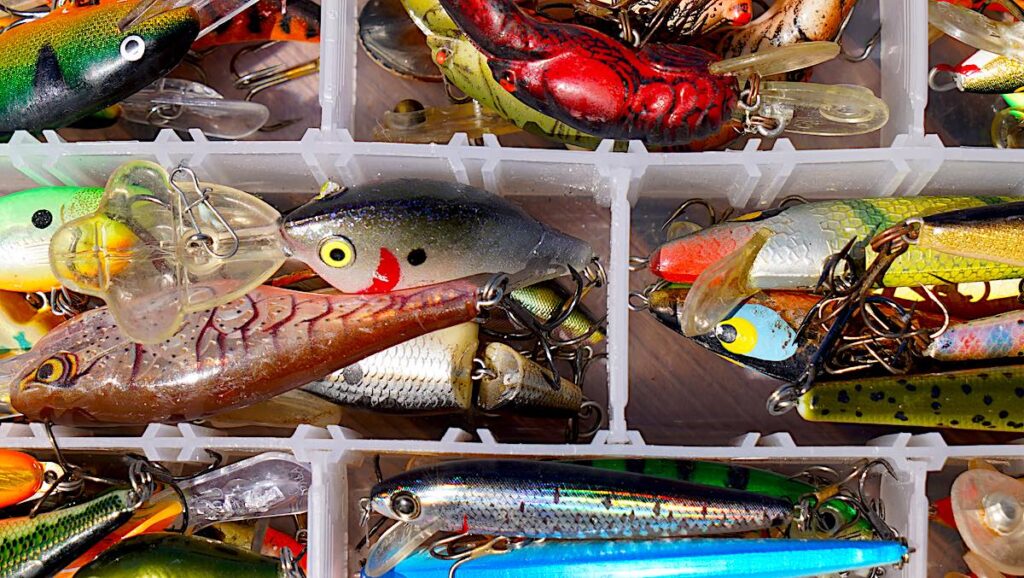
You can use worms, crickets, and minnows as baits, and you can always check for them at a local bait shop at the location where you’re fishing. Except for natural baits, you can choose artificial lures that are reusable and made of durable materials. There’s a wide variety of lures available today.
- Soft plastic lures are effective and the most commonly used lures;
- Spinnerbaits have spinning blades made from thin metal and attract fish with horizontal movement;
- Crankbaits come in different colours and shapes and imitate common natural baits. Their lip in the front determines how deep they’ll dive;
- Jigs are made of a hook and head and they attract fish with their vertical motion.
Fishing Lines
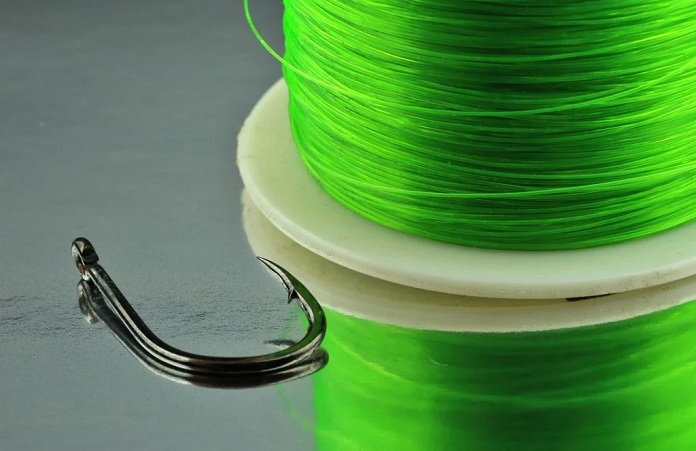
There are plenty of different types of lines and you need a good one for the best outcome.
- Monofilament lines are one thread-made from nylon that’s simple to use;
- Copolymer lines are made of multiple different types of nylon and they’re harder to tear;
- Fluorocarbon lines are long-lasting and sink fast. Although made in the same way as monofilament, they’re much denser;
- Braided lines are made of more strands of polyethylenes that are braided together into a strong line.
What Personal Items to Take Fishing?
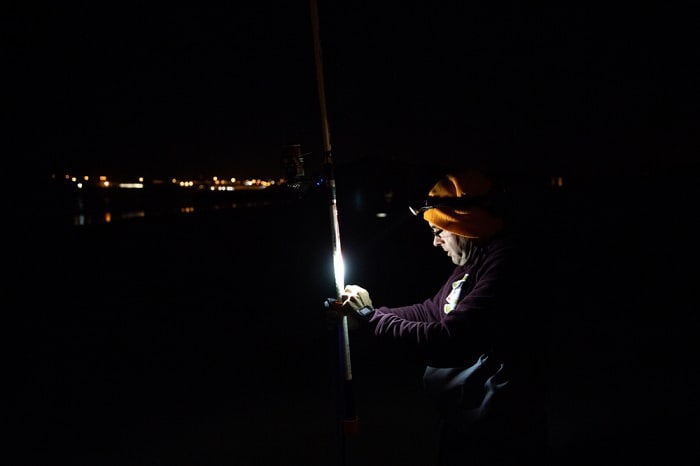
Besides fishing equipment, you need to think about your comfort as well. You’ll need a light and a few other appropriate items that’ll make things easier for you. Proper apparel is important, and depending on the weather conditions there are different things that you need to consider. Having the right footwear is essential for every outdoor adventure. The footwear needs to be comfortable and light. You may also need a hat, rain gear, a warm jacket and coat, gloves, and of course, a change of clothes. How much you need depends on how much time the trip will last.
Since you’ll spend a lot of time outside, sunscreen is a must even though you might think that you don’t need it. Having polarised glasses will enable you to see better by reducing the glare, and an effective insect repellent will help you fish in peace without insects bothering you. Don’t forget to bring a valid fishing license and your medications, if you use any. Depending on the location, you might need toilet paper, a first aid kit, hand sanitisers, water and food supplies.


